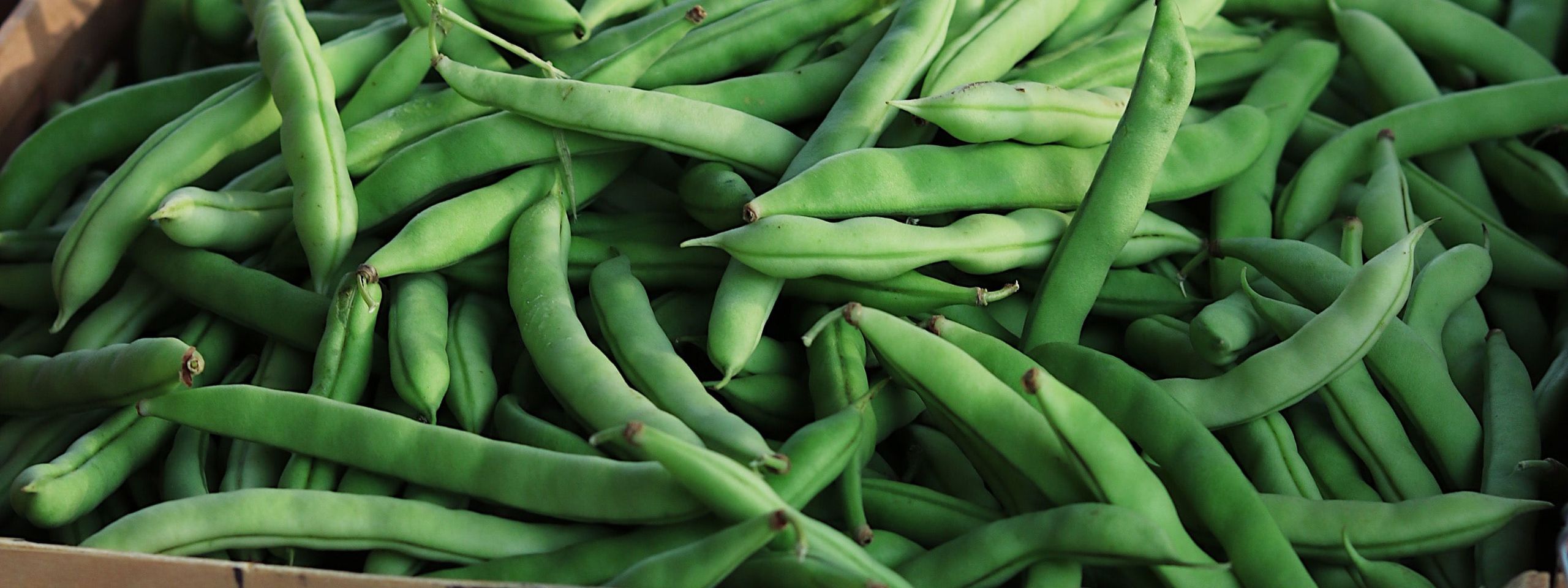Broad beans
Local Superfood
Intro
Broad beans have a variety of names like field bean or fava bean. But more important than its name, is the fact that it is a long-forgotten native superfood. Field beans, which in recent years have been increasingly used as cattle feed, contain a lot of protein (23g per 100g), vitamins and minerals. The food industry has become increasingly aware of this miracle bean - making it especially popular in the production of flour, pasta and other baked goods.

What are broad beans?
The broad beans (Vicia faba) is a legume. Just like lentils and chickpeas, it also belongs to the Papilionaceous plant family. From a botanical point of view, the field bean is not a bean at all, but a vetch (Vicia).
The broad bean is an annual herbaceous plant that can be up to 2 metres tall. Which wild ancestors it originally came from, is unclear. Today, the broad bean is only a cultivated plant.

Where do broad beans come from?
The origin of the broad bean is not conclusive. It is assumed that its birth place is somewhere between the Mediterranean and HImalayan region. Today, China, Ethiopia and Great Britain are some of the main producers of broad beans. They are also grown regionally in Germany.
Which varieties are there?
- Witkiem
-Large, bright, broad bean
- Hangdown
-Green broad bean
- Robin Hood
-Soft, green broad bean
When are they in season?
June, July and August
Our tips for how you can prepare broad beans:
As a bread spread, in falafel and patties, salads or as wheat alternatives (e.g. pasta).
Broad Bean Nutrition Facts per 100g:
| Typical values | 100g |
|---|---|
| Calories | 88 |
| Fat | 0.7g |
| Carbohydrates | 18g |
| Fibre | 8g |
| Sugar | 9g |
| Protein | 8g |
Nutrients found in broad beans:
Vitamins:
Beta-Carotene, B-Vitamins, Vitamin C, Vitamin E, Vitamin K1, Folic Acid
Minerals:
Potassium, Calcium, Phosphate, Sodium, Magnesium, Zinc, Iron, Mangan, Copper, Selen
Secondary plant substances:
Flavonoide


